Why Access Matters for First-Gen and Latinx Learners?
For many first-generation and Latinx students, education represents both opportunity and challenge. Balancing classes, jobs, and family responsibilities often means navigating systems that were not built with their realities in mind. The issue is access.
Access is not just about enrollment, but about having the tools, support, and structure others take for granted. In a study published in Education Sciences, first-generation students reported significantly lower access to technology and higher financial stress. The same study also highlighted that with greater technology access correlated these students had better academic outcomes.
Studocu AI is designed as a digital equalizer, giving students access to smarter and easier ways to learn. By putting advanced, accessible tools in the hands of those who need them most, it helps first-gen and Latinx learners not just reach college, but thrive in it.
Bridging the Digital Divide for First-Gen and Latinx Learners
Technology has transformed classrooms, but access alone does not guarantee equity.
Many first-generation and Latinx students continue to face barriers such as:
- Limited academic support networks or mentorship.
- Balancing studies with work and family responsibilities.
- A lack of structured, culturally aware learning tools that adapt to their real circumstances.
Even with laptops and Wi-Fi, success often depends on whether students have tools that truly support how they learn best and have the ability to use tools effectively, not just access them.
A study published in Education Sciences found that while technology access among first-generation learners has improved, deeper barriers persist, including implicit bias, imposter syndrome, and uneven access to supportive systems that shape how students build self-efficacy in the classroom.
The authors also note that access alone is insufficient since meaningful engagement requires strong digital literacy and thoughtful design of AI tools to prevent engagement “drop-off.” These insights highlight that inclusive technology must support not only cognitive skills but also emotional confidence and belonging.
That is the role the AI tool is playing. Beyond summaries or organization, it gives students access to shared workspaces and structured study guides that fit their busy lives. It gives agency, ensuring every learner, regardless of background, can study smarter and reach their full potential.
How Studocu AI Levels the Playing Field?
For many first-generation and Latinx students, time, language, and cost remain some of the biggest barriers to success in higher education. Studocu AI helps break these barriers by combining accessibility and collaboration into one inclusive learning experience.
Here’s how it happens:
1. Multilingual Accessibility
Language should never stand in the way of understanding. The AI tool allows learners to summarize, translate, and simplify academic materials, helping bilingual and Spanish-dominant students grasp complex ideas with confidence.
Students can simply add their resources, in any language, and prompt the Ask AI to convert the notes into Spanish.
It will provide a comprehensive output in Spanish, making it easier for the Latinx users to interact with the content and also learn in the language of their choice.
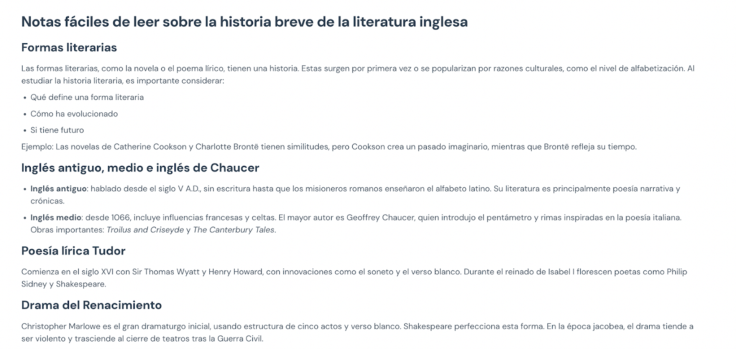
This feature is especially valuable for first-year Latinx students adjusting to academic English, ensuring they can engage deeply with course content instead of struggling through it.
2. Flexible Academic Support
Access to quality study tools should not depend on income. The tool offers millions of shared study resources and AI-driven learning aids for free, making academic support more equitable. You can simply search for your school and get access to all the resources for all of your courses online.
It is a shared space where every student can contribute to making knowledge accessible alongside their insights and notes. To access the Studocu library, you need to click on ‘+Add’ in the sources section of the app.
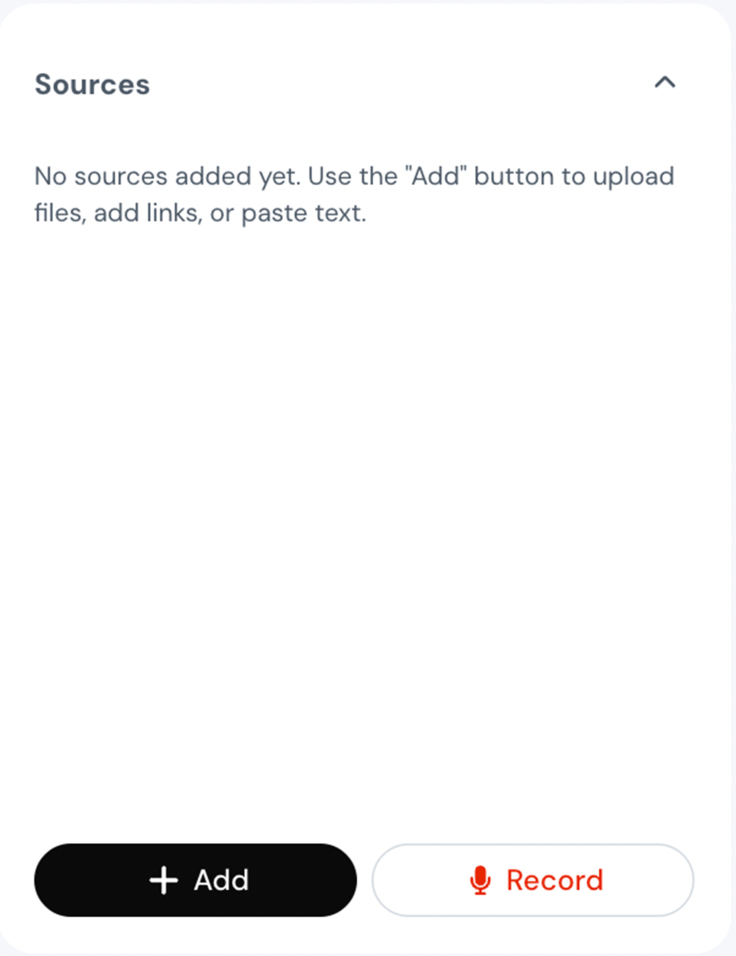
It will lead to a pop-up where you need to click on ‘Discover Materials.’
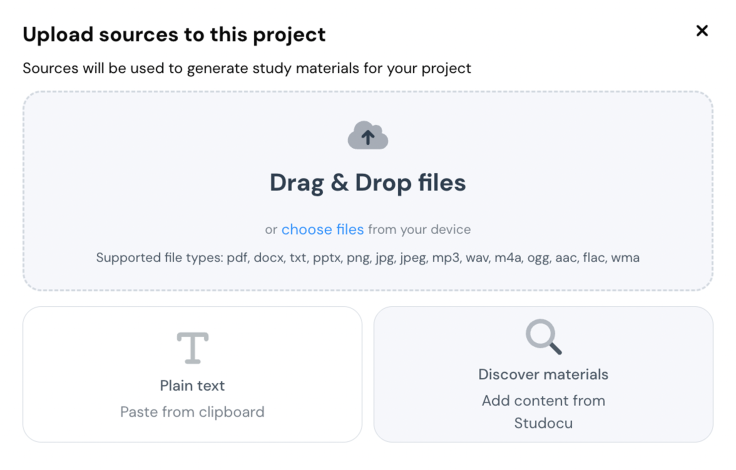
Here you can now search for content within the AI tool’s library.
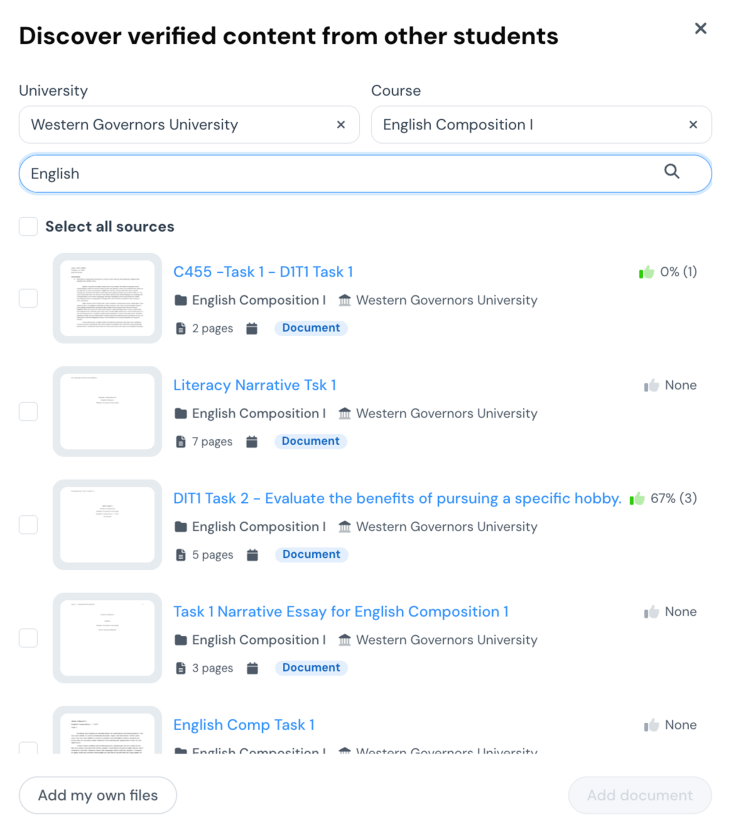
This also provides a filter, enabling you to search for your institutes and then the respective courses you want to access. Moreover, it also gives you a chance to upload your own files to the database for other students to use.
3. Collaborative Learning and Shared Resources
The AI tool helps build community through collaboration. Students can create shared workspaces, co-edit class notes, summarize readings together, or even generate interactive quizzes for study groups. This fosters connection and accountability, crucial for learners who may not have traditional academic networks.
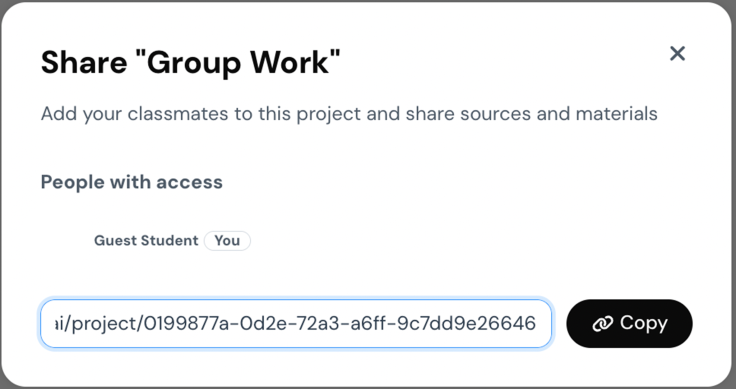
Thus, it empowers students to not only keep up but also excel by turning challenges into structured learning opportunities. With personalized study tools and a supportive peer ecosystem, first-gen and Latinx learners can thrive in ways traditional systems often overlook.
Creating Equal Opportunities Through Inclusive AI Design
Representation matters, especially for Latinx and first-generation students who often do not see their language or experiences reflected in education tools. The AI tool changes that with:
- Multilingual access: summaries, translations, and explanations in English or Spanish.
- Localized examples: learning that feels relevant and relatable.
- Peer-shared resources: building community through collective learning.
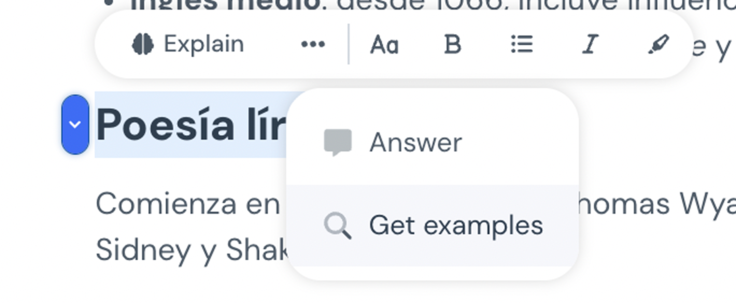
Thus, the future of education depends on how technology is built for both efficiency and equity. While AI adoption in higher education is growing, a study on The Impact of AI on Inclusivity highlights a critical gap in initiatives explicitly designed to support first-generation and minority students.
This means that many such students still do not fully benefit from AI’s potential to make learning more inclusive. Studocu AI aims to close that gap by:
- Offering open access to millions of peer-shared resources.
- Making study support affordable and available anywhere.
- Ensuring learners from all backgrounds can succeed equally.
By keeping education accessible, adaptive, and inclusive, it helps redefine what equity in learning truly means, turning opportunity into everyday reality for students everywhere.
Conclusion: Technology as a Bridge, Not a Barrier
Education has always been about opportunity, and that begins with access. For first-gen and Latinx learners, the right tools can mean the difference between struggling alone and thriving with confidence.
Studocu AI transforms that experience. By combining automation with inclusivity, it turns study stress into structure and academic barriers into bridges. It helps students not only keep up but excel, connecting diverse learners through shared knowledge and support.
As we move into a future shaped by AI, one thing is clear: for every first-gen or Latinx student striving for success, AI is not just a tool, but an ally.
© 2025 Latin Times. All rights reserved. Do not reproduce without permission.


